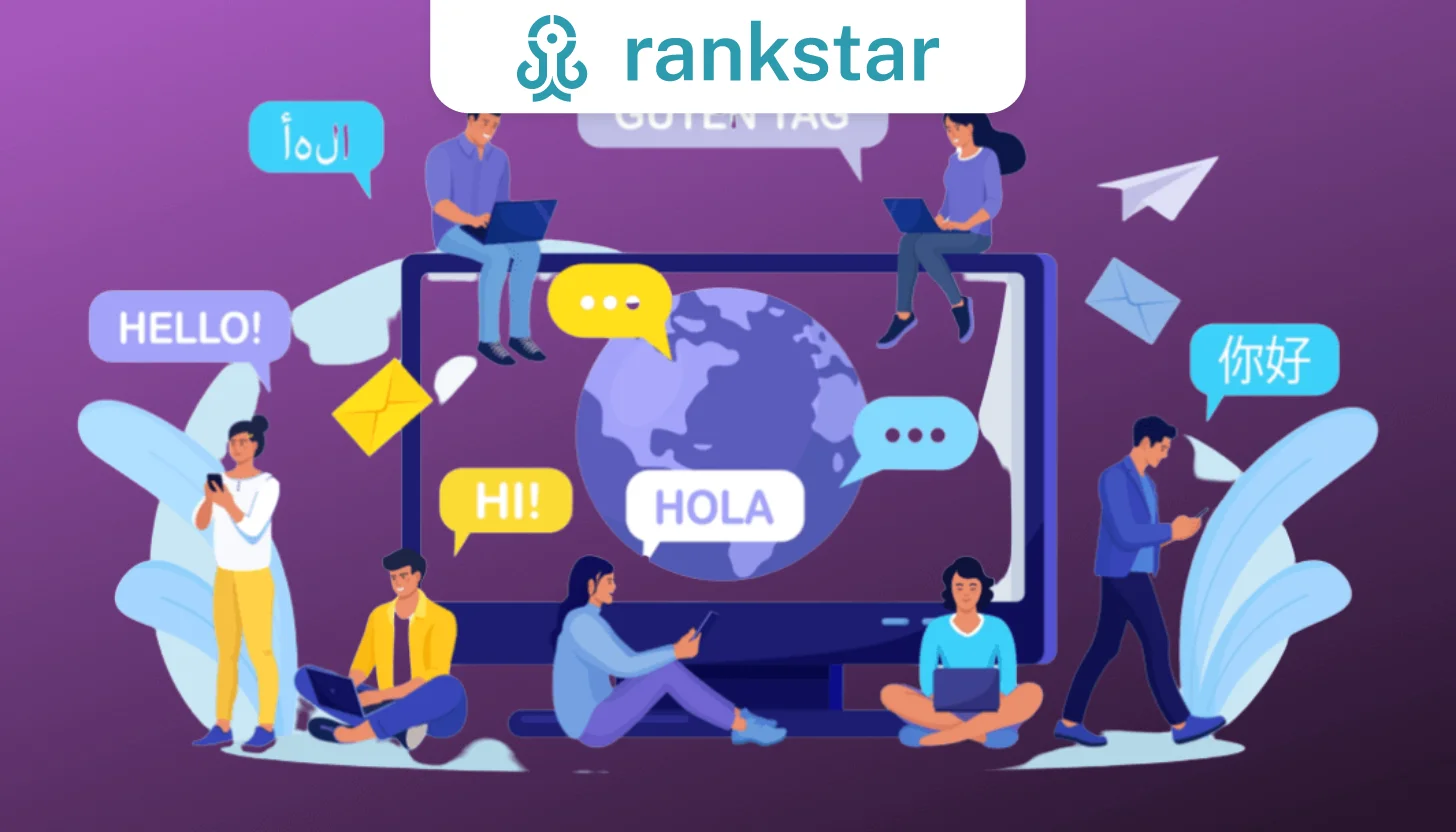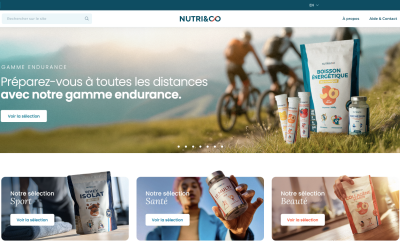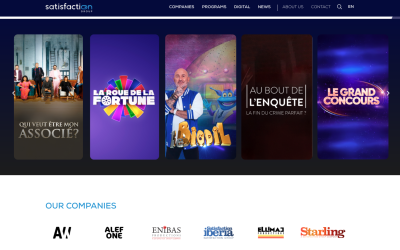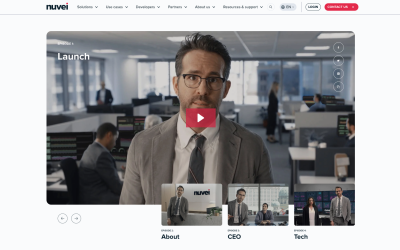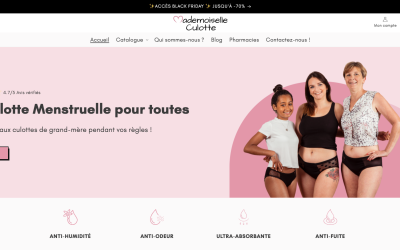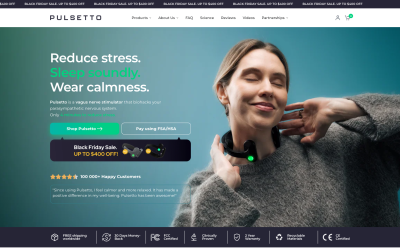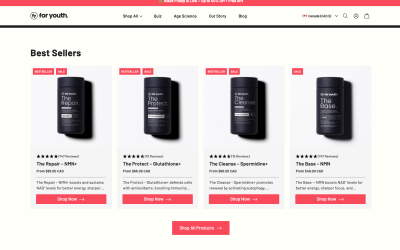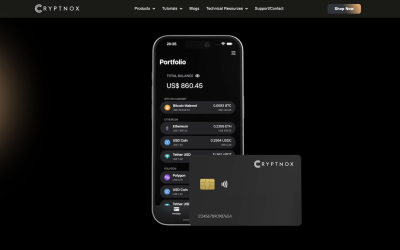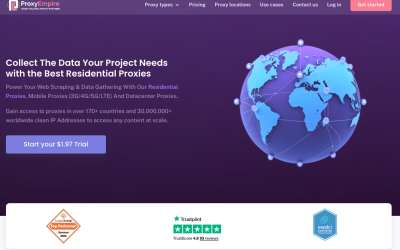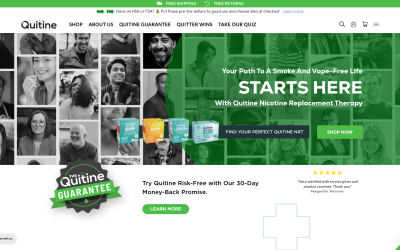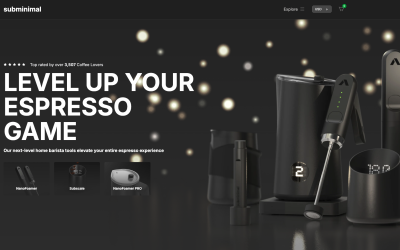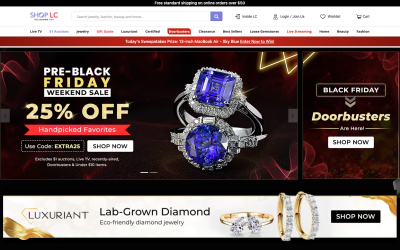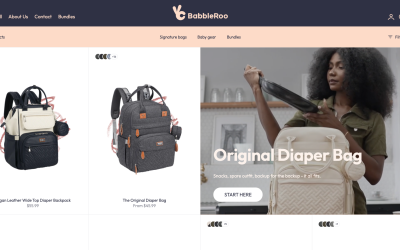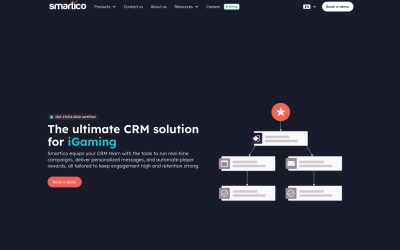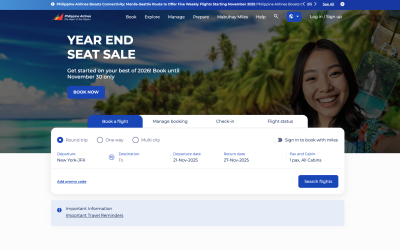Ready to take your business global? You can’t afford to ignore Multilingual SEO. It’s your golden ticket to reaching a wider audience, but it’s not as simple as translation.
You’ll need to understand keywords, URL structures, and backlinks in different languages. Dive into this guide and unlock the secrets of successful Multilingual SEO.
Let’s make your website a global sensation!
Key Takeaways
- Multilingual SEO helps expand the audience and drive more sales by converting website content into multiple languages.
- Identifying target markets and translating website content into the dominant languages of those countries is crucial for success.
- Conducting keyword research in the specific languages of the chosen countries is essential for optimizing website content.
- Choosing the appropriate URL structure, such as separate domains or subfolders, is important for organizing and optimizing a multilingual website.
Rankstar – A Valuable SEO Partner for Your Business
→ Ready to conquer the global stage?
Delve into the world of Multilingual SEO in our latest article on Rankstar! Discover how expanding your online reach across languages can unlock boundless opportunities for success. Don’t miss out on this transformative SEO insight – explore the article now and pave your path to international prominence!
We are also here to propel your brand to the summit of search rankings, ensuring its outstanding prominence in both Autocomplete Suggestions and Autosuggest Removal when in need.

Understanding the Basics of Multilingual SEO
You’re now delving into the six fundamental steps of Multilingual SEO, understanding how it can propel your website to global success.
First, identify your markets. Knowing where your potential customers are gives you a head start.
Next, conduct keyword research for your chosen countries. You’ll need to know what your customers are searching for, and in their native language.
Then, decide on your URL structure, ensuring it’s user-friendly and search engine friendly.
Now, get down to translating and optimizing your pages. Remember, quality translation is key, and so is keyword optimization.
Don’t forget about your URL slugs and internal links, as they’re crucial for navigation and SEO.
Lastly, implement hreflang and start building those valuable backlinks.
That’s your roadmap to success in Multilingual SEO.
Identifying and Analyzing Target Markets
In identifying and analyzing your target markets, it’s crucial to consider the dominant languages spoken and the search demand for your products or services. By understanding this, you’re able to customize your website’s content to meet the needs of those specific markets.
You’ll need to use tools like Semrush’s Market Explorer to pinpoint countries where your business has potential for growth. Once identified, translate your website content into the native languages of these countries. This isn’t just about converting words, but about understanding cultural nuances, slang, and terms relevant to your industry.
Additionally, it’s important to consider the search habits and preferences of your target audience. Incorporate localized keywords to enhance your visibility in search results and to drive more relevant traffic to your site.
Keyword Research in Different Languages
Performing keyword research in different languages isn’t just about translation, but also understanding cultural nuances and local search habits. You need to dig deeper, comprehend the metaphors, idioms, and colloquial phrases that are unique to each language.
To nail this, consider the following:
- Collaborate with native speakers: They’ll help you understand the language’s subtleties, and provide accurate, relevant keywords.
- Use localized keyword tools: Tools like Google’s Keyword Planner can offer insights into local search volumes and competition.
- Understand cultural context: Some words may have different connotations in different cultures. Be sensitive to this.
Deciding the Best URL Structure for Multiple Languages
Choosing the right URL structure for multiple languages isn’t just crucial, it’s a game-changer, and every single decision you make can greatly impact your website’s SEO performance. You have options like using separate domains, subfolders, or subdomains.
Consider the audience’s culture and language when deciding on your URL structure. If you’re targeting a specific country, consider using a ccTLD. It’s locally recognized and could boost your site’s visibility in local search results.
Subfolders are your friend if you’re managing a global brand with a strong domain authority. It helps to consolidate your domain’s strength, potentially lifting all your localized content in search rankings.
Subdomains can be technically challenging but they’re an option if you want to separate your site content by language.
Always remember, your URL decisions can make or break your multilingual SEO strategy.
Translation and Optimization of Web Pages
You’ll need to translate and optimize all of your web pages, not just a few, and remember that successful multilingual SEO also involves adjusting currencies, time zones, and image alt texts.
And it’s not just about literal translation. You must consider the cultural context and local idioms to avoid misunderstandings. Tools like local dialect dictionaries or native language experts can be invaluable in this process.
Keep in mind these key points:
- Keywords should be contextually relevant and accurately translated.
- Metadata, including title tags and meta descriptions, must be translated and optimized.
- Images and multimedia elements need alt text translations for accessibility.
Importance of URL Slugs in Multilingual SEO
In your multilingual SEO strategy, you should pay close attention to URL slugs. They’re not only displayed in Google’s search results but also provide a clear indication of the landing page’s content.
URL slugs should be short, descriptive, and relevant, avoiding unnecessary words or jargon. Use hyphens, not underscores, to separate words, and keep everything lowercase. Avoid symbols or special characters, as they can make your slug look spammy.
Remember, different cultures perceive information differently, so ensure your slugs are culturally sensitive. Additionally, include your targeted keywords in your slug to enhance your SEO efforts.
Ultimately, a well-crafted URL slug can significantly improve your website’s user experience and search visibility, thus boosting your multilingual SEO success.
The Role of Internal Links in Multilingual Websites
When you’re setting up your multilingual website, you’ll find that internal links play a pivotal role in helping visitors navigate through your site, and they also assist Google in discovering more of your pages. They’re the backbone of your site structure, guiding users from one page to another, and helping create a coherent, interconnected web of information.
- They help to reduce bounce rates by encouraging visitors to explore more of your site.
- Internal links distribute ‘link juice’ around your site, improving the SEO value of other pages.
- They guide Google’s crawlers through your site, helping to get more of your pages indexed.
Implementing Hreflang for Better User Experience
To provide a more tailored user experience on your multilingual site, it’s crucial that you’re implementing hreflang correctly. Hreflang tags guide search engines to serve the right language version of your content to users. Incorrectly applied, they could lead to confusion and a poor user experience.
| Incorrect Hreflang Implementation | Correct Hreflang Implementation |
|---|---|
| Randomly placing hreflang tags | Placing hreflang tags in the head section |
| Using wrong language codes | Using correct ISO 639-1 language codes |
| Ignoring self-referencing tags | Including self-referencing tags |
You’ve got to understand the importance of correctly using hreflang, as it aids in your site’s SEO. Be consistent, accurate, and mindful of your audience’s language preferences. This way, you’ll drive traffic, engagement, and ultimately, conversions.
Strategies for Effective Backlink Building in Multilingual SEO
You’ll need to develop strategic methods for backlink building to boost your multilingual SEO efforts effectively. Building robust backlinks from high-authority websites in your target market’s language is crucial. It not only improves your search ranking but also increases your site’s visibility and credibility.
Consider these techniques for effective backlink building:
- Guest Blogging: Contribute to popular blogs in your target language. It’s a great way to secure a backlink and reach a wider audience.
- Broken Link Building: Identify broken links on relevant websites and offer your content as an efficient replacement.
- Digital PR: Leverage press releases and news stories to gain backlinks and publicity.
Frequently Asked Questions
How Can I Measure the Success of My Multilingual SEO Strategy?”
You can measure your multilingual SEO strategy’s success by tracking organic traffic, keyword rankings, and conversions in each language. Monitor these metrics regularly to identify growth trends or areas needing improvement.
What Are the Common Challenges in Implementing Multilingual SEO and How Can They Be Mitigated?”
You’ll face challenges like cultural differences, translation errors, and technical issues in multilingual SEO. Mitigate these by hiring native translators, understanding cultural nuances, and mastering technical aspects like hreflang tags and URL structures.
How Does the Complexity of a Language Affect the Process of Multilingual Seo?”
Complex languages can make multilingual SEO trickier. You’ll need to understand cultural nuances, colloquial terms, and unique keywords. It’s vital to hire native speakers for accurate translation and effective keyword research.
Are There Specific SEO Tools Recommended for Managing Multilingual SEO Campaigns?”
Yes, managing multilingual SEO campaigns effectively requires specific tools. Semrush’s Market Explorer and Keyword Magic Tool are highly recommended. They’ll help identify target markets and conduct keyword research in different languages, boosting your global success.
How Does Multilingual SEO Interact With Other Digital Marketing Strategies Like Social Media and Email Marketing?”
Multilingual SEO can boost your digital marketing strategies. It enhances your social media reach by catering to diverse language audiences and personalizes email marketing with language-specific content, thereby widening your global customer engagement and reach.
Conclusion
Embracing Multilingual SEO can be your game-changer, unlocking a global customer base.
By understanding your target markets, optimizing keywords, fine-tuning URL structures, and building quality backlinks, you’re set for international recognition.
Remember, every language you add is a new potential market.
So, start your multilingual journey and witness your reach multiply.
It’s not just about being found; it’s about being understood worldwide.
Dive into Multilingual SEO and unlock your global success.
